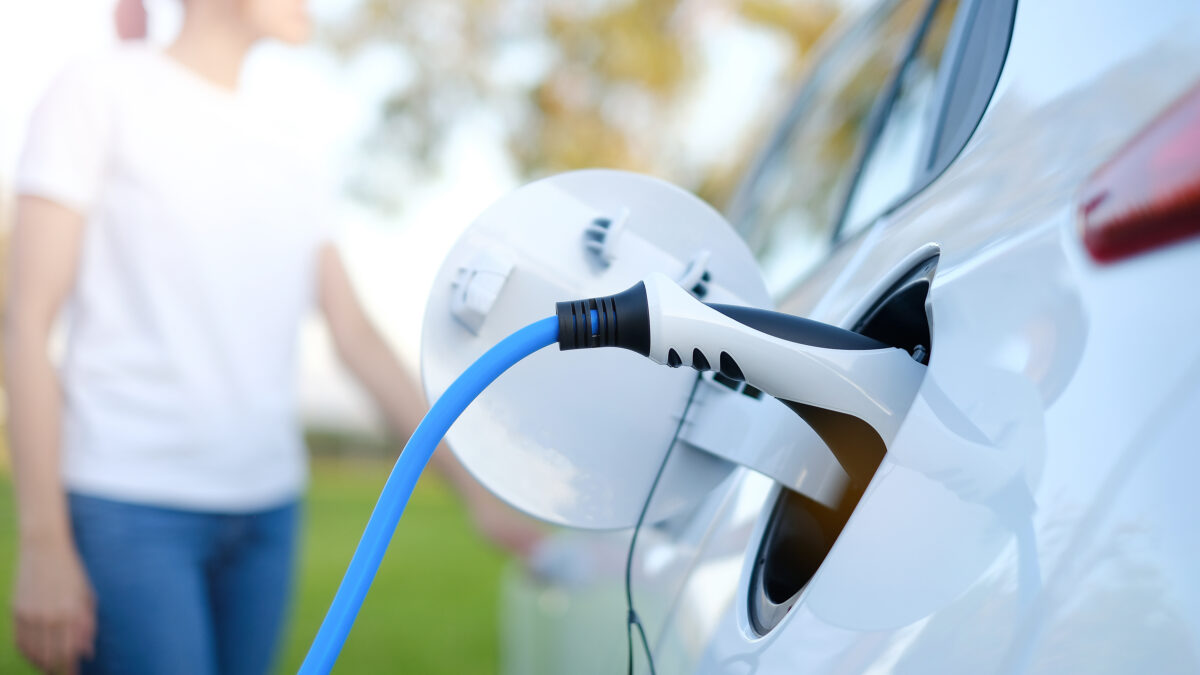What Methods Are Used for Thermal Management of EV Batteries?
Thermal management has always been important in electronics. As electric vehicles advance from a niche market to mainstream adoption, the importance of heat dissipation in EV batteries is paramount. During operation, the battery creates a lot of heat but needs to remain within a narrow heat range for optimal performance. Transferring heat away from the battery and keeping the temperature of the battery stable is the focus of thermal management.
In examining the methods used for thermal management, three key factors should be considered: increasing power density in EV batteries, advantages of weight reduction in EVs and shrinking of electric designs.
Power Density
One of the largest barriers to entry for EVs compared to combustion engines is the range of the battery. Every manufacturer develops a comprehensive battery thermal management system. These systems include both active and passive cooling methods. Utilizing thermoelectric cooling, air cooling and liquid cooling, heat dissipates from the battery during operation.
These battery management systems will continue to develop, but for battery pack engineers, the primary focus is power density. Increasing performance while reducing overall volume of battery packs results in better performance. This increased energy density demands thermal management solutions.
Weight Reduction
The weight of vehicles directly correlates with range. It has been reported a 10% reduction in vehicle weight can result in a 6%-8% fuel economy improvement. With an emphasis on increased battery range, manufacturers are researching not only more dense, lower volume materials but also lightweight materials. This has generated interest in utilizing dispensables as gap fillers instead of thermal pads and other materials.
Shrinking of Electric Designs
All designs and device housings are becoming more compact. Densely packed circuit boards and higher powered components challenge thermal management. Heat not only reduces performance but adversely affects the lifespan of electronics.
Types of Heat Management in EV Batteries
The goals for engineers is to increase energy density, reduce weight and minimize the volume of EV battery packs. These same goals exist for thermal management methods. The basic principles of thermal management are transporting heat away from critical components and dissipating into the environment. Designs fall into passive and passive methods.
Active thermal management designs
In EV, there is typically a combination of active and passive designs cooling the battery, motor and drivetrain. Generally, active management is more effective but also more complex and demands electricity to operate. Forced air – Fans move air across heat sources or a heat sink to quickly dissipate heat. Liquid cooling – Heat is transferred from a cold plate to coolant and dissipated by a heat exchanger.
Passive thermal management
Passive thermal management does not require power and is typically more economical than active designs. These materials are thermally conductive materials including tapes, heat spreaders, gap fillers and phase change materials. Using thermodynamics, heat is transferred through conduction from the source to these materials and out through radiation. Passive thermal management offers a unique opportunity to impact EV batteries and other electronics within these vehicles.
Heat sinks – Heat sinks are one of the simplest ways to dissipate heat. Energy is transferred from the heat source to a heat sink through conduction. There are many materials and subcategories within heat sinks including foil tapes, fabric tapes, aluminum heat sinks and countless more materials.
Heat Spreader – Materials like conductive foams spread heat between a heat source and heat sinks. Conductive metals are also used to dissipate hot spots in electrical circuit boards and other heat sources.
Thermal Interface materials – Thermally conductive adhesives, dispensables, greases and pads are used to optimize heat transfer between heat source and cooling surface.
Among active and passive thermal management options, one of the simplest and most economical solutions may be innovations in thermal interface materials. One example is replacing thermal gap pads with a 2-part dispensable. Dispensable gap filler offers lower weight, smaller gap and lower impedance for better heat flow. Conforming to surface imperfections with very little material ensures optimal heat transfer from vastly less material. At Polymer Science, our engineers are designing new materials to impact batteries in the EV industry and all other industries with thermal management needs. By focusing on thermal interface materials like dispensables, our team is helping manufacturers increase range, improve durability and continue to advance EV battery technology.

